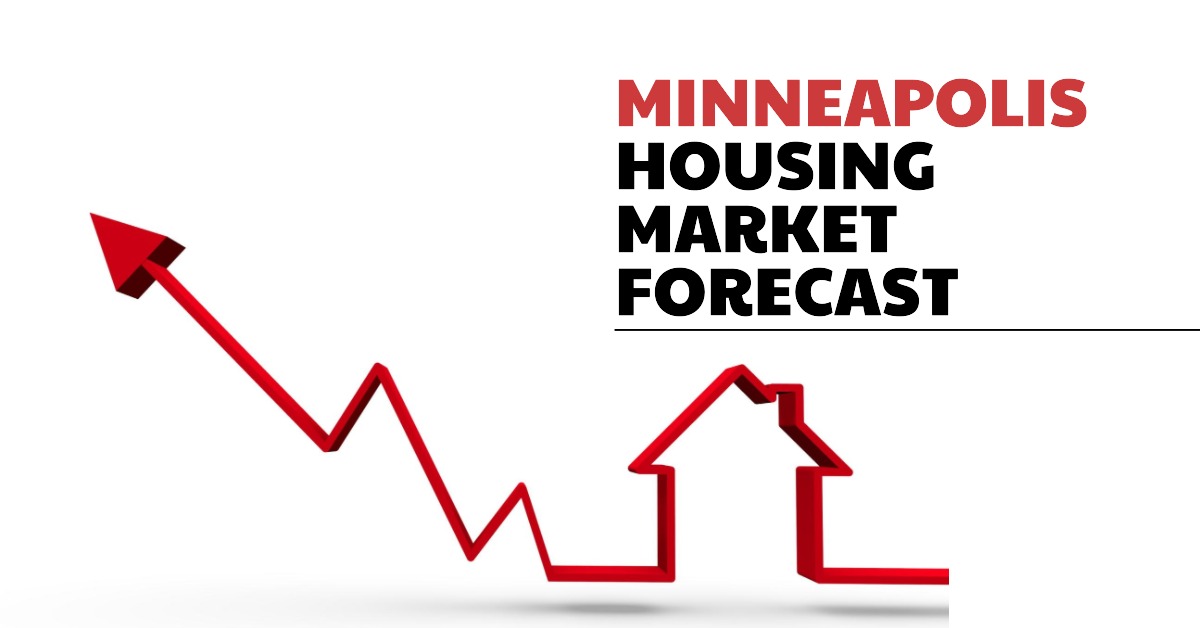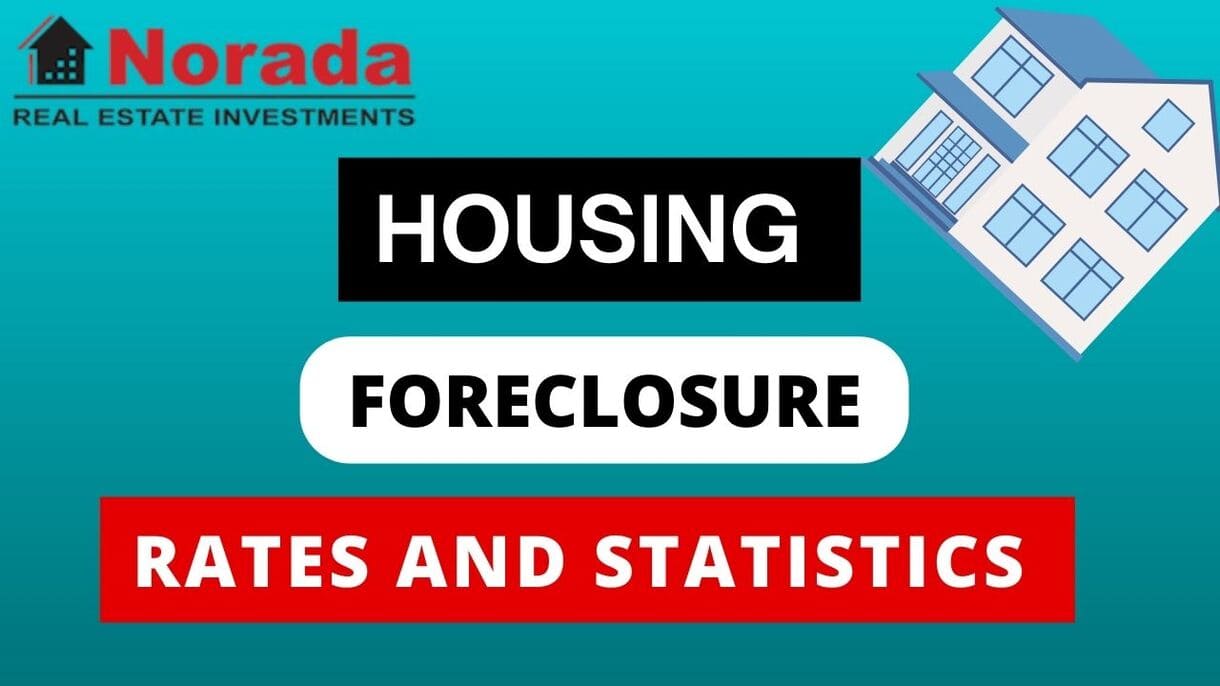Thinking about buying or selling a home in the Twin Cities? You're probably wondering what's going on with the current Minneapolis housing market trends. Well, here's the short answer: It's a mixed bag! While sales saw a slight increase in 2024, it was due to buyers overcoming rising prices, higher mortgage rates, and low inventory. So, it's crucial to stay informed about the trends influencing the local real estate scene. Let's dive into a more detailed look at what's happening in the Minneapolis housing market right now, and what it could mean for you.
Current Minneapolis Housing Market Trends:
Home Sales
Despite the challenges of the past few years, home sales in the Minneapolis-St. Paul metro area actually increased by 1.8% in 2024 compared to 2023, according to recent reports from Minnesota Realtors®. While this might seem like a small jump, it's significant considering the hurdles buyers have faced. The fact that buyers were still active, even with rising prices, high interest rates and the limited number of homes for sale, is a testament to their desire to own a home. It's possible that the housing market has reached its lowest point in this cycle.
Here's a quick breakdown:
- Overall increase: 1.8% in the Twin Cities metro area
- Statewide increase: 1.1%
- Luxury Home sales (over $1M): Up 12.3% – Highest level on record.
Home Prices
Like many other cities across the nation, home prices in Minneapolis have been on the rise. The median sales price in the metro area increased by 3.3% to $380,000 in 2024. While prices are still climbing, the increase isn't as steep as it has been in recent years. Mortgage rates are too high for prices to rise significantly, but supply is too tight for prices to fall
Since 2020, home prices have risen a total of 25.5% statewide and 24.6% in the metro, which shows the long-term appreciation.
Are Home Prices Dropping?
That's the question on everyone's mind! While a significant drop isn't predicted in the near future, it's important to note that the rate of price increases has slowed down. Several factors influence the overall price of homes, including the rise in mortgage rates and the overall lack of available houses.
Comparison with Current National Median Price
To put things into perspective, let's compare the Minneapolis median home price with the national average. As of December 2024, the national median home price is $407,500, with a year-over-year change of +6%.
The Minneapolis metro area's median price of $380,000 is lower than the national median. This may make the area an attractive market for people relocating from other areas with higher costs of living.
Housing Supply
One of the biggest factors impacting the Minneapolis housing market is the lack of homes for sale. While inventory levels technically decreased year-end, inventory was actually higher during much of the year. As of the end of 2024, there were 6,712 homes for sale in the metro area, which is a 3.4% decrease compared to the end of 2023. The report also mentioned that in order to achieve a balanced market the inventory of homes for sale needs to be more than doubled.
Here's a quick look at the numbers:
- Metro area inventory decrease: 3.4%
- Statewide inventory decrease: 0.3%
- Months of supply in the metro: 1.8 months
- Months of supply statewide: 2.1 months
A balanced market typically has around 5-6 months of supply, so Minneapolis is still firmly in a seller's market.
Is It a Buyer's or Seller's Housing Market?
Considering all the factors – rising prices, limited inventory, and increasing sales – it's safe to say that Minneapolis continues to be a seller's market. However, the market is becoming a bit more balanced compared to the intense seller's market we saw in previous years. Sellers still have the upper hand, but buyers are gaining a little more leverage.
Market Trends
Here's a rundown of some key market trends in the Minneapolis housing market:
- Luxury Homes Surge: Sales of homes over $1 million are booming! They're up 12.3% and are attracting cash buyers unaffected by interest rates.
- Cash is King: About 17.5% of home sales in the metro are cash purchases. This rate is double for houses above the $1 million mark.
- Single-Family Homes are Preferred: Sales of single-family homes are up 3.7%, while condos and townhomes have declined.
- Larger Homes are in Demand: Two-bedroom home sales are down, while four-or-more bedroom home sales are up.
Here's a table summarizing those trends
| Market Segment | Trend |
|---|---|
| Homes under $300K | Sales down 8.5% |
| Homes over $1M | Sales up 12.3% |
| Single-family homes | Sales up 3.7% |
| Condo sales | Sales down 7.1% |
| Townhome sales | Sales down 2.4% |
| Two-bedroom homes | Sales down 3.6% |
| 4+ bedroom homes | Sales up 5.6% |
Impact of High Mortgage Rates
There's no doubt that mortgage rates play a significant role in the housing market. The rates affect affordability and buyer demand. Currently hovering around 7% (as of February 2025), mortgage rates are still relatively high compared to the record lows we saw a few years ago. The average rate in 2024 was 6.7%, but the range was more like 6.1% to 7.1% throughout the year. These rates are impacting affordability and causing some buyers to hesitate.
The higher the rate, the higher the monthly payment, and that can make it difficult for potential buyers to qualify for a loan. A monthly mortgage payment has risen by about $1,000 per month since 2020!
Other Considerations
Beyond the numbers, there are other things to keep in mind:
- Market Times are Increasing: Homes are staying on the market a bit longer. Days on market rose 10.5% to 42 days statewide and increased 12.5% to 45 days in the metro.
- Sellers Are Accepting Slightly Lower Offers: Sellers received 97.9% of their list price statewide and 98.7% in the metro, both down slightly from last year.
My Thoughts and Expertise
As someone who's been following the Minneapolis real estate market closely, I can tell you it's a complex and ever-changing environment. In my experience, the key to success, whether you're buying or selling, is to be informed and prepared. It is also important to have the right expert by your side to guide you through the process.
Be patient, do your research, and work with a trusted real estate professional who understands the local market. Also, think about your priorities. What is most important to you? What are you willing to negotiate? These are all important questions to keep in mind.
Looking Ahead
Predicting the future of the housing market is always challenging, but here are a few things to keep an eye on:
- Mortgage Rates: Any changes in mortgage rates will have a significant impact on buyer demand and affordability. If rates decline, we could see an increase in buyer activity.
- Inventory Levels: An increase in the number of homes for sale would help to balance the market and give buyers more choices.
- The Economy: The overall health of the economy will play a role in the housing market. A strong economy typically leads to a healthy housing market.
Minneapolis Housing Market Forecast: What's Next for Home Prices?
You're probably wondering what the Minneapolis Housing Market Forecast looks like. Simply put, while home values have been steadily increasing, expect a slight decline in home values over the next year. Let's dig into the details and see what the experts are predicting.
Before we jump into predictions, let's take a look at where the market is right now. According to Zillow, the average home value in the Minneapolis-St. Paul-Bloomington area is $367,130. This is up 1.8% over the past year. Homes are going pending in around 34 days, which suggests there's still demand, but things aren't quite as frenzied as they were a year or two ago.
What Do The Experts Say? Home Price Forecast Breakdown
Zillow provides some insights into where the market is headed. Here's a breakdown of their MSA Forecast for Minneapolis:
| Timeframe | Predicted Home Value Change |
|---|---|
| February 2025 | +0.3% |
| April 2025 | +0.4% |
| January 2025 to January 2026 | -1.0% |
Essentially, Zillow predicts slight increases in home values in the short term (February and April 2025). However, over the long term (one year from January 2025), they anticipate a decline of 1.0% in the Minneapolis housing market.
Minneapolis Housing Market Forecast Compared to Other Minnesota Cities
It's helpful to see how Minneapolis compares to other areas in Minnesota. Here's a snapshot of Zillow's forecasts for other MSAs in the state:
| City/Area | Feb 2025 | April 2025 | Jan 2026 |
|---|---|---|---|
| Minneapolis, MN | 0.3% | 0.4% | -1.0% |
| Duluth, MN | 0.4% | 0.9% | 1.4% |
| Rochester, MN | 0.4% | 0.6% | 0.2% |
| St. Cloud, MN | 0.5% | 0.9% | 1.3% |
| Grand Forks, ND | 0.5% | 0.5% | -1.6% |
| Mankato, MN | 0.6% | 1.0% | 0.5% |
| Brainerd, MN | 0.6% | 1.3% | 3.0% |
| Faribault, MN | 0.5% | 1.1% | 0.6% |
| Fergus Falls, MN | 0.1% | 0.1% | 0.7% |
As you can see, the Minneapolis housing market forecast is generally more conservative compared to some other areas in the state, particularly Duluth and Brainerd, which are expected to see more significant growth. Grand Forks in North Dakota, which is considered part of the Minnesota market for Zillow purposes, is expected to decline even further.
Will Minneapolis Home Prices Drop? Will There Be a Crash?
Now for the million-dollar question: will Minneapolis home prices drop significantly, or even crash?
Based on the available data, a crash seems unlikely. While Zillow predicts a slight decline, it's far from a dramatic collapse. A true “crash” involves a rapid and substantial decrease in prices, which isn't what the current forecast suggests.
I believe that the Minneapolis market is simply normalizing after a period of intense growth. Factors like rising interest rates and increased housing supply are likely contributing to the slowdown.
Looking Ahead to 2026:
Predicting the market beyond a year is tricky, but here's my take on what 2026 might hold:
- Continued Normalization: I expect the market to continue to normalize as interest rates stabilize and housing supply catches up with demand.
- Moderate Growth or Stagnation: Depending on the overall economy, we could see moderate growth or even stagnation in home prices.
- Location Matters: As always, location will be key. Highly desirable neighborhoods in Minneapolis will likely hold their value better than others.
Ultimately, the best advice I can give is to focus on your own financial situation and housing needs. Don't try to time the market perfectly. Instead, make informed decisions based on your individual circumstances.
Should You Invest in the Minneapolis Real Estate Market?
Minneapolis, located in the state of Minnesota, is a major economic hub in the Midwest region of the United States. The city has a diverse economy with major industries including healthcare, finance, and manufacturing. With a population of over 400,000 and a metro population of over 3.6 million, Minneapolis has a strong demand for housing. If you are considering investing in real estate, here are 5 reasons why Minneapolis might be a good place to invest:
- Strong Rental Property Market: The rental property market in Minneapolis is strong, with high occupancy rates and steady rent growth. The city has a large number of renters, including students from the University of Minnesota, young professionals, and families. Additionally, the city has a strong job market, which supports a steady demand for rental properties.
- Diverse Economy: Minneapolis has a diverse economy that is not dependent on any one industry. The city is home to several Fortune 500 companies, including Target, Best Buy, and General Mills. The city's strong economy supports a steady demand for housing. The Metropolitan Council projects that Minneapolis will add 41,500 jobs by 2040, with much of the growth occurring in downtown Minneapolis.
- Affordable Real Estate Prices: Compared to other major cities in the United States, Minneapolis has relatively affordable real estate prices. This makes it an attractive market for real estate investors looking to maximize their return on investment.
- Strong Housing Market: Despite some recent fluctuations, Minneapolis has a strong housing market. According to Zillow, the median home value in Minneapolis hovers around $285K. Additionally, Minneapolis has a relatively low foreclosure rate, which indicates a stable market.
- Growing Population: The population of Minneapolis has been growing steadily over the past decade, driven by both natural growth and migration. This growing population supports a steady demand for housing in the city. The current metro area population of Minneapolis in 2024 is 3,014,000, a 0.8% increase from 2023. The metro area population of Minneapolis in 2023 was 2,990,000, a 0.78% increase from 2022. The metro area population of Minneapolis in 2022 was 2,967,000, a 0.71% increase from 2021.
- Big Student Market: One of the factors that make Minneapolis a great place for real estate investment is the massive student market. With the presence of several major universities and colleges, including the University of Minnesota, Minneapolis Community and Technical College, and Augsburg University, there is a large population of students in the area. These students require housing, which presents an opportunity for real estate investors to invest in rental properties. Investing in rental properties in Minneapolis can be a lucrative business as the demand for student housing is usually high. Additionally, the student market in Minneapolis is not limited to traditional students. The city also has a large number of professionals and individuals pursuing advanced degrees who require housing. This diverse population provides real estate investors with a wide range of opportunities to invest in rental properties.
- The Landlord-Friendliness of Minneapolis: Minneapolis is known for its pro-landlord laws and regulations, which provide a stable and predictable environment for property owners. This means that landlords have more control over their properties and can protect their investments more effectively. For example, the city has laws in place that allow landlords to evict tenants for non-payment of rent or other violations of the lease agreement. This can give landlords peace of mind knowing that they can take action if necessary to protect their property and rental income. Furthermore, the city has relatively low property taxes and a streamlined process for obtaining permits and licenses, making it easier for landlords to manage their properties. Additionally, the city's rental market is strong, with a high demand for rental properties due to the growing population and a large number of college students in the area. As a result, landlords in Minneapolis can expect to receive a steady stream of rental income, making it a desirable market for real estate investment.





